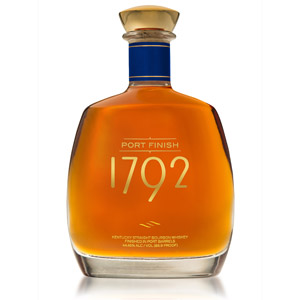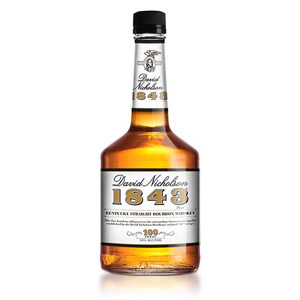I’ve passed by this one on the shelves for years, always looking for something more important. I think I knew, vaguely, that it was (yet another) sourced bourbon, but it disappears in a sea of vaguely rural-looking and -sounding American whiskies. I finally picked up a bottle (as I always say: “Worst case? Old Fashioneds!”) and gave it a try.
Rowan’s Creek, despite listing “Rowan’s Creek Distillery” as the bottler on the label, is a brand owned by Willett (formerly known as Kentucky Bourbon Distillers or KBD) and sourced from somewhere else. It is straight Kentucky bourbon, bottled at the obnoxious ABV of 50.05%, presumably so they can say it’s 100.1 proof. Y tho? The whisky is named after the creek that runs through the Willett distillery grounds.
Apparently the bottle used to boast a 12-year age statement, but does no longer. It is instead a small batch vatting of purportedly 5-15 year-old barrels. This switch may account for some older reviews online praising the consistency and quality of the bourbon, which seems to have, erm, slipped. Nobody online seems to know where Rowan’s Creek is actually distilled, or what its mashbill is, or when or if it will switch over to distillate from the Willett Family’s distillery, which opened and began distilling in 2012. I’ve seen some guesses that it might be Heaven Hill, and that it might be a high-rye mashbill, but those are both unsubstantiated.
My bottle is from Batch QBC No 19-1.
Nose: Sweet, unctuous bourbon with a corn-heavy sweetness up front, and a dense oak profile. After a rest in the glass, it’s still fairly shy.
Palate: Medium bodied. Powerful tongue burn, as expected for 100 proof. Oaky, with a dark sappy sweetness and a heavy dose of concentrated rye spices. Reminds me a bit of allspice dram with all the clove and pumpkin-spice flavor.
Finish: Medium long. A continuation of the oak-dominated sweetness from the palate. Fades gradually without evolving.
With Water: Several drops of water seem to have no effect on the aroma or palate. They do add a welcome nuttiness to the finish. Water optional, but not a terrible idea.
Overall: Despite the deceptive complexity of the oak-derived flavors (resin, sap, oak tannin, etc.) there isn’t much else going on here. The dose of rye spice is patchy and inconsistent, and the sugar notes are one-dimensional. This is certainly better than most $20 bourbons, but I don’t think it quite stretches to the $35 ones. For example, I would much rather drink Legent or Dickel BIB than this.








